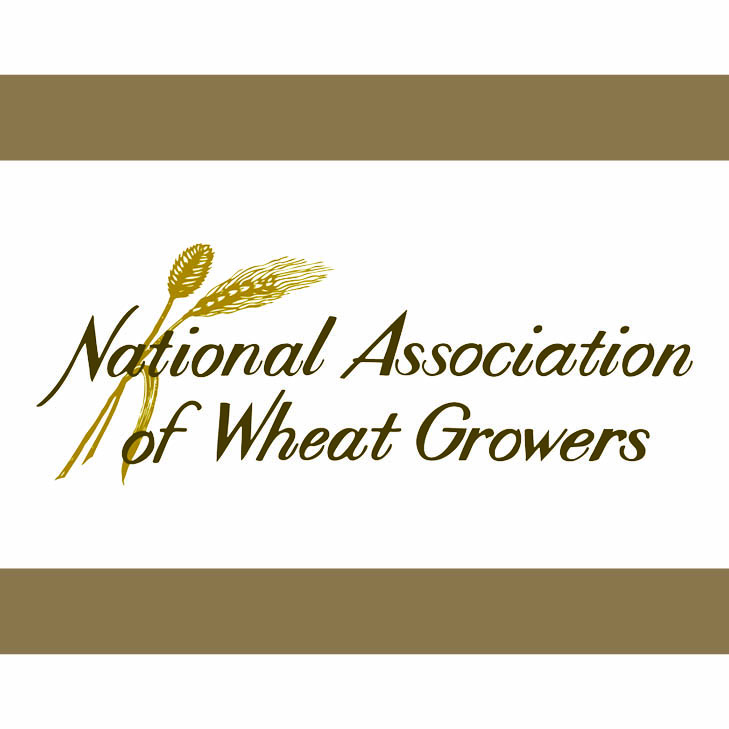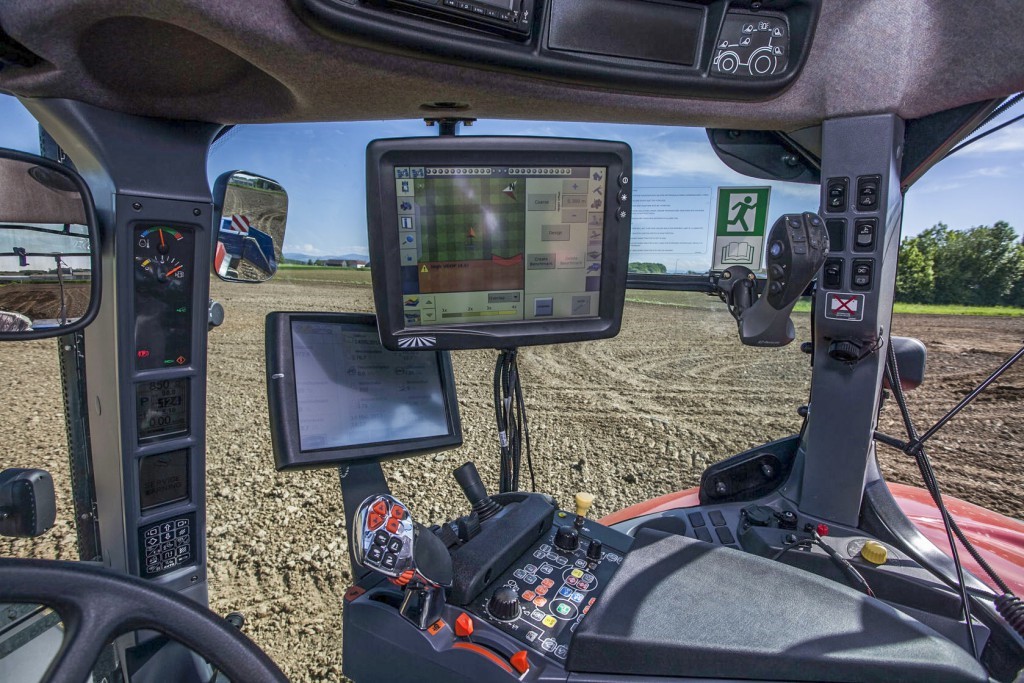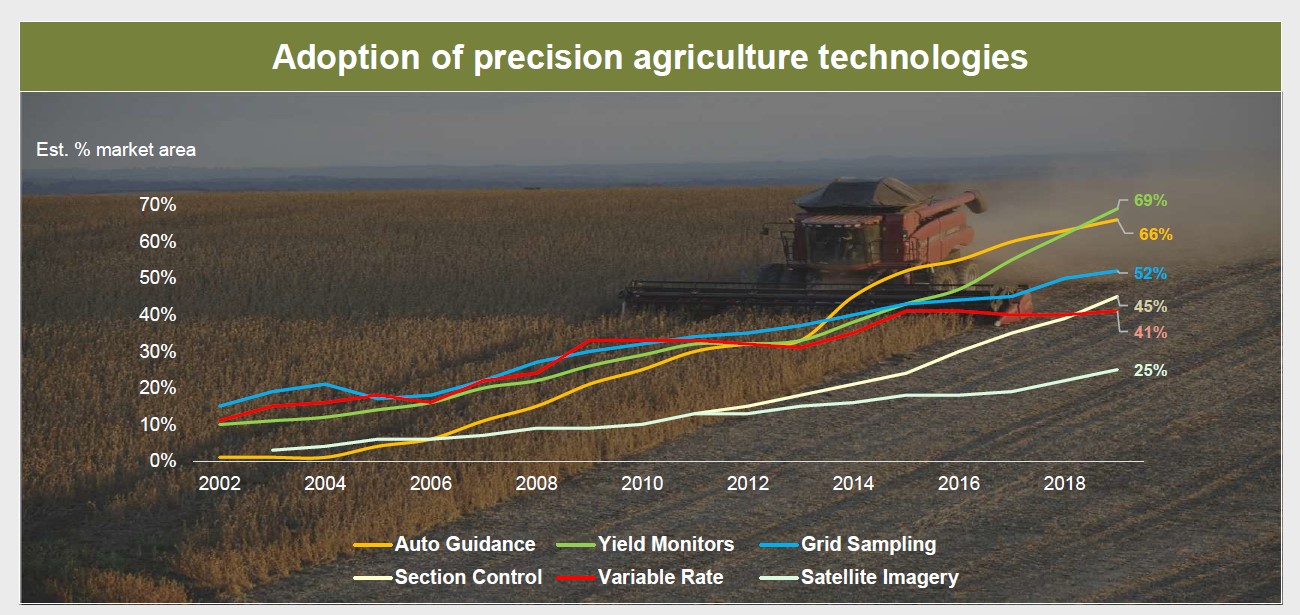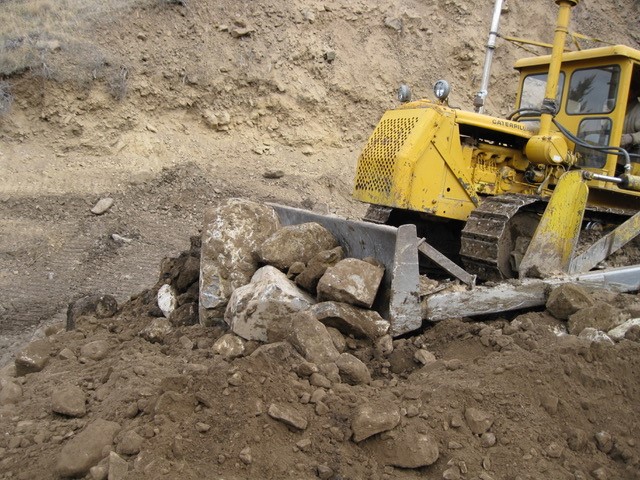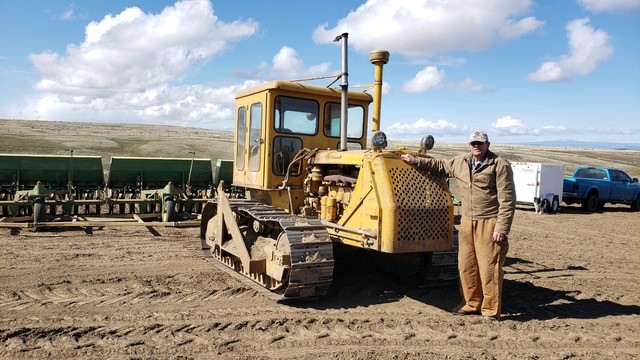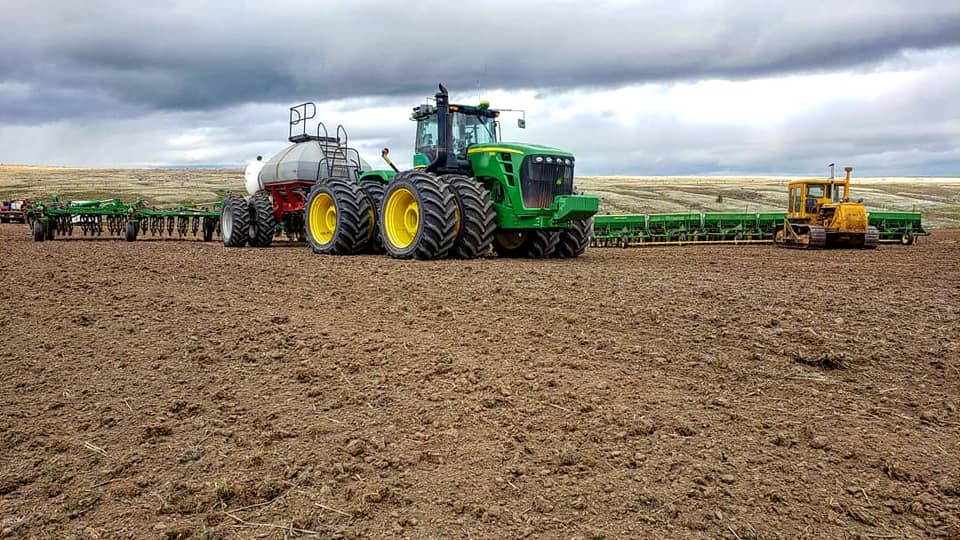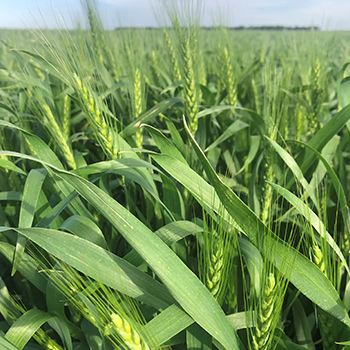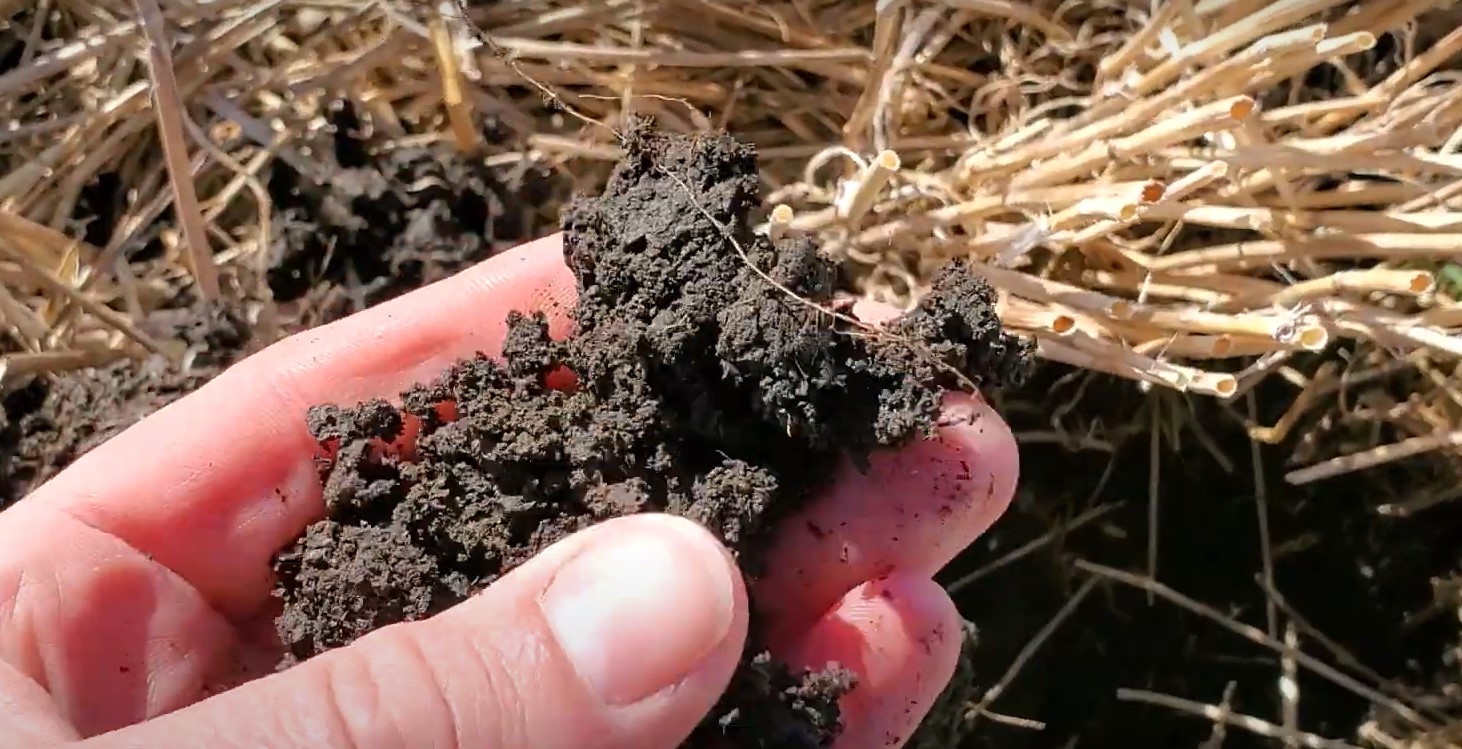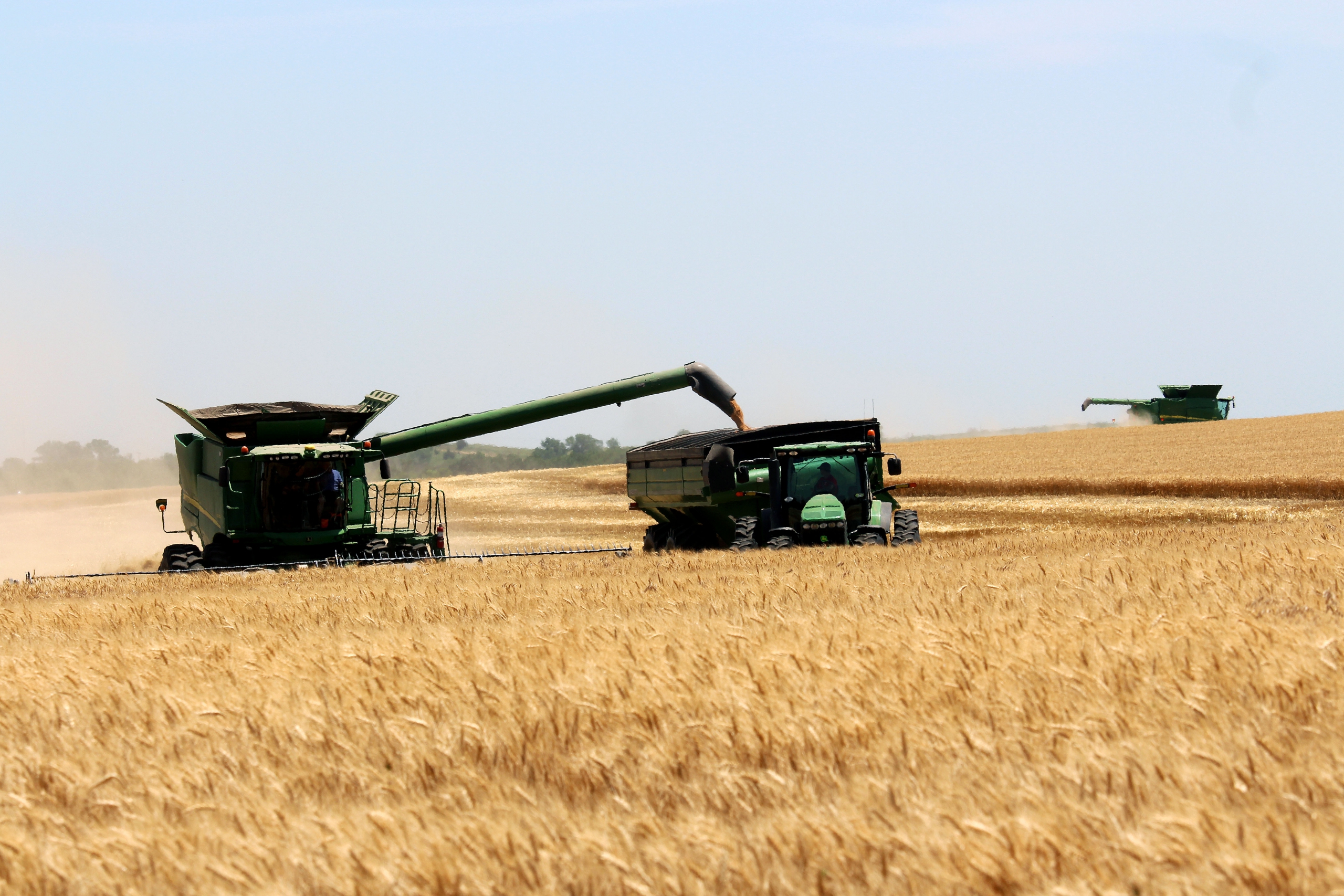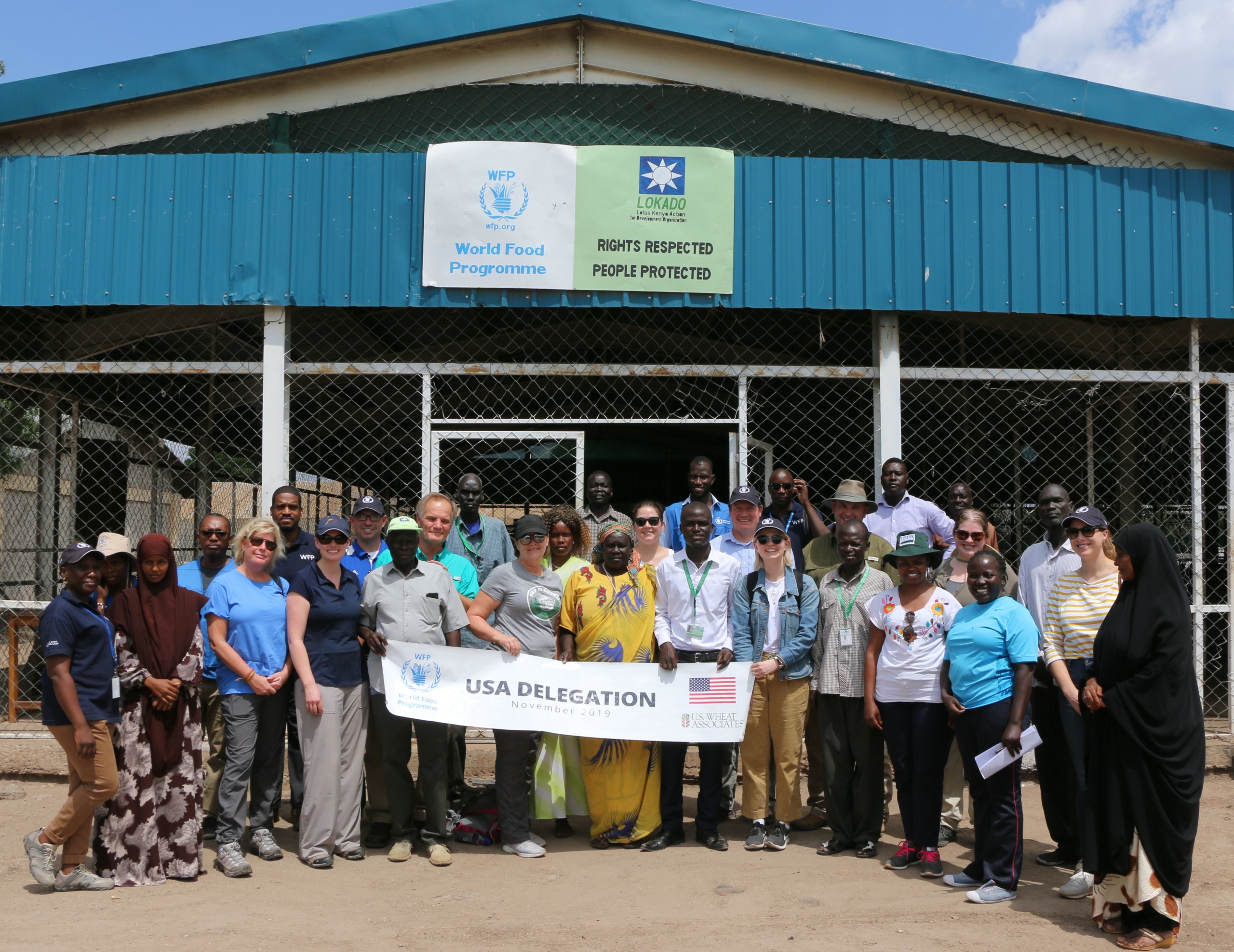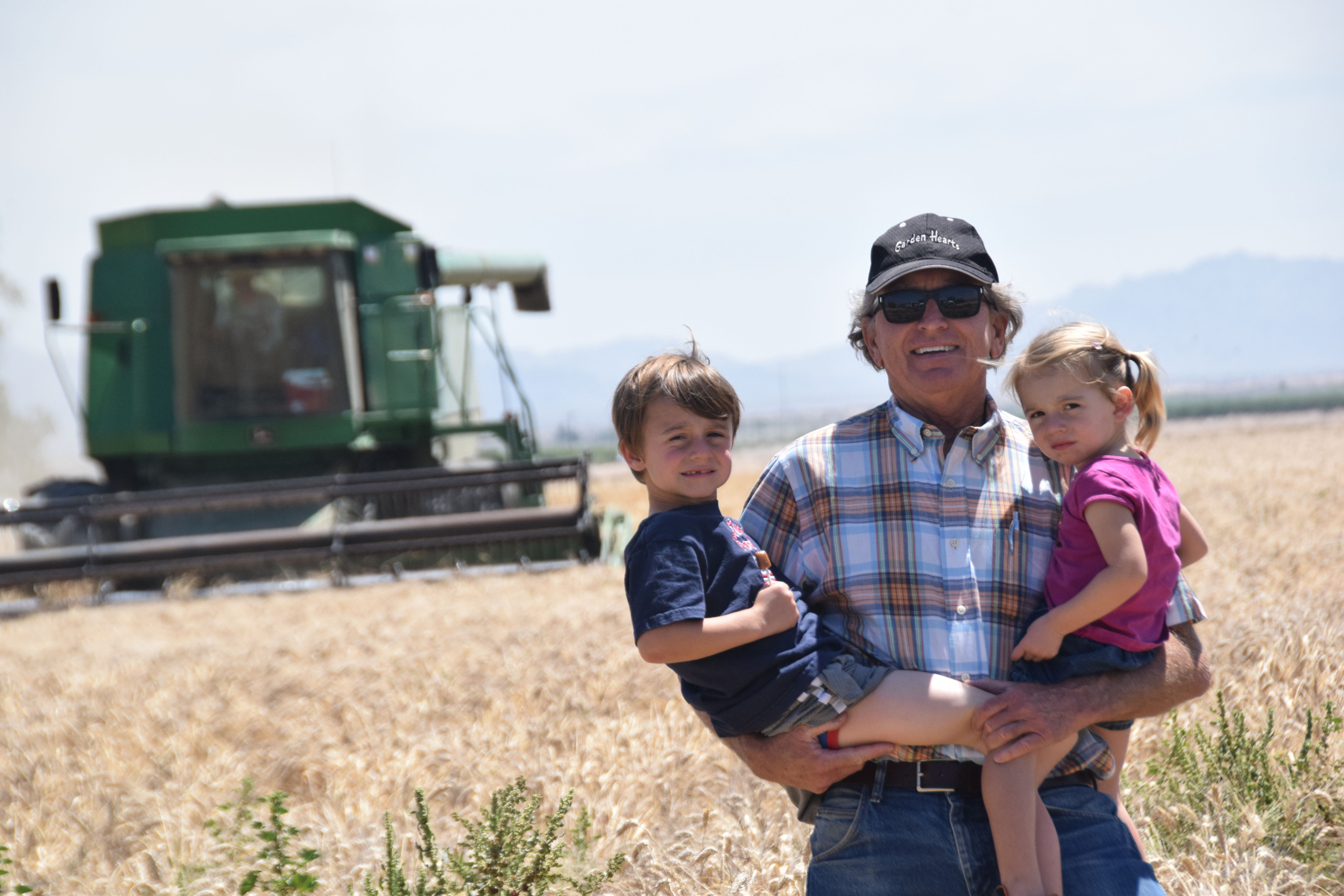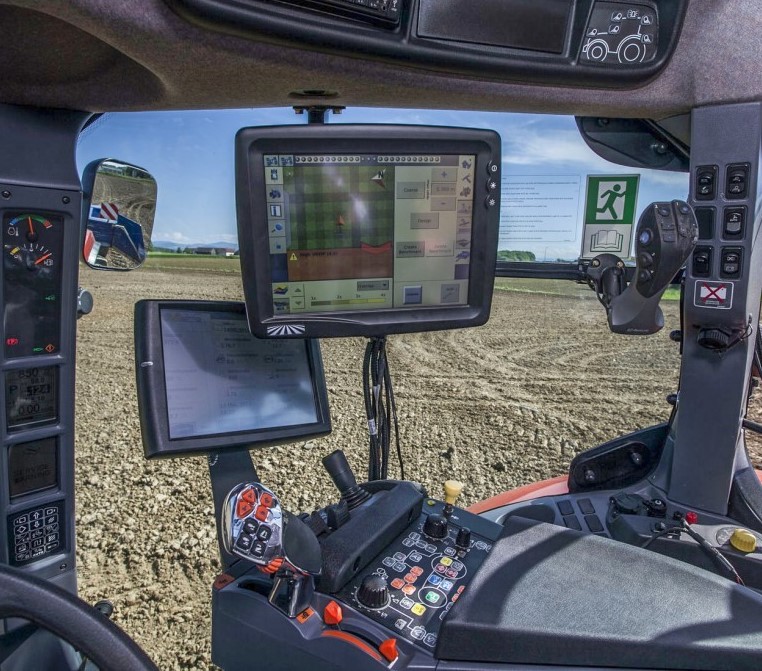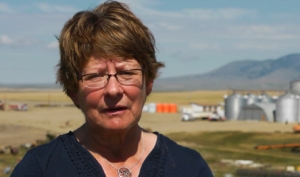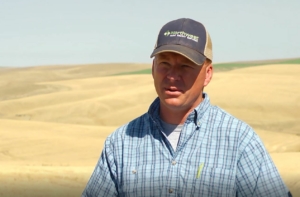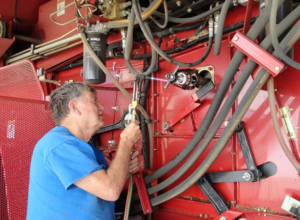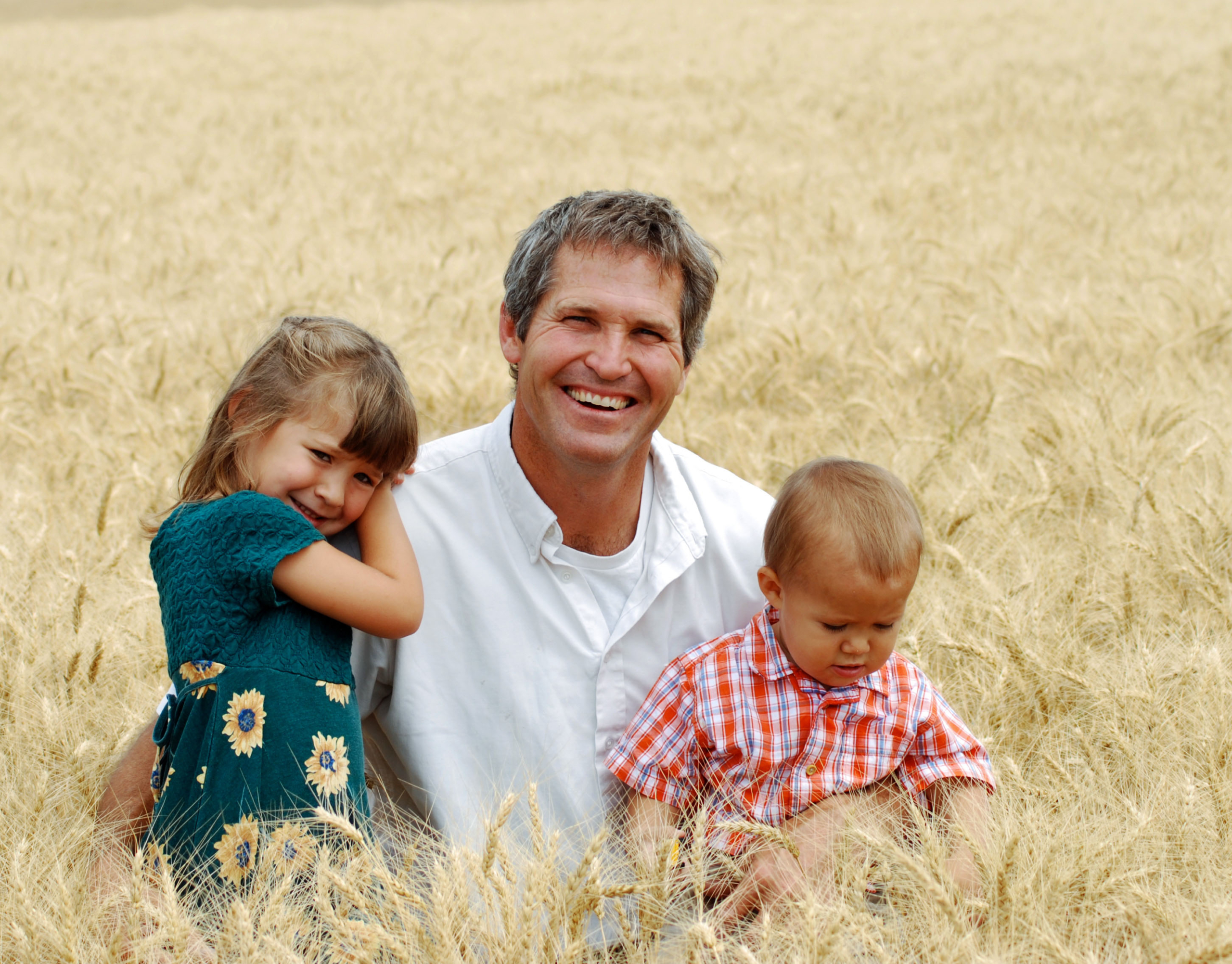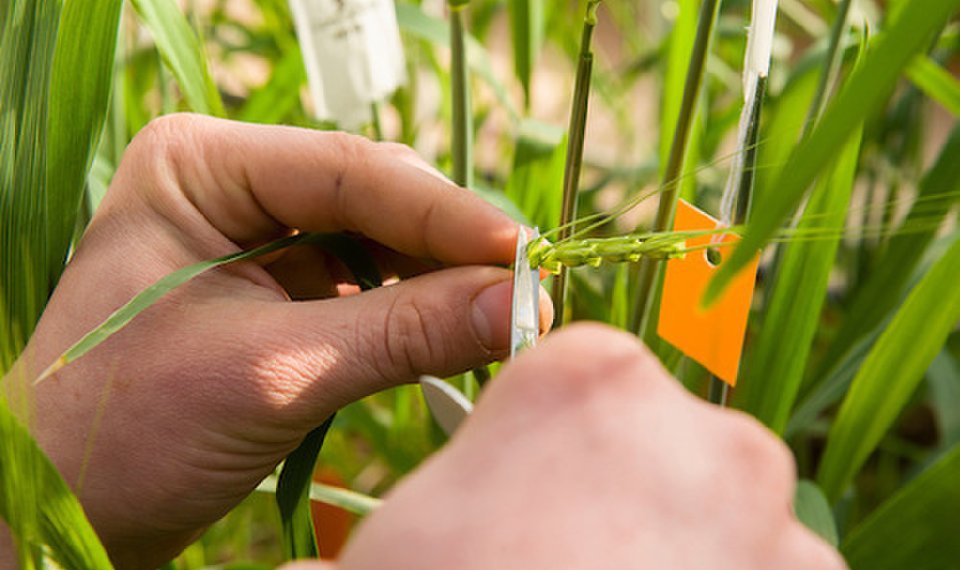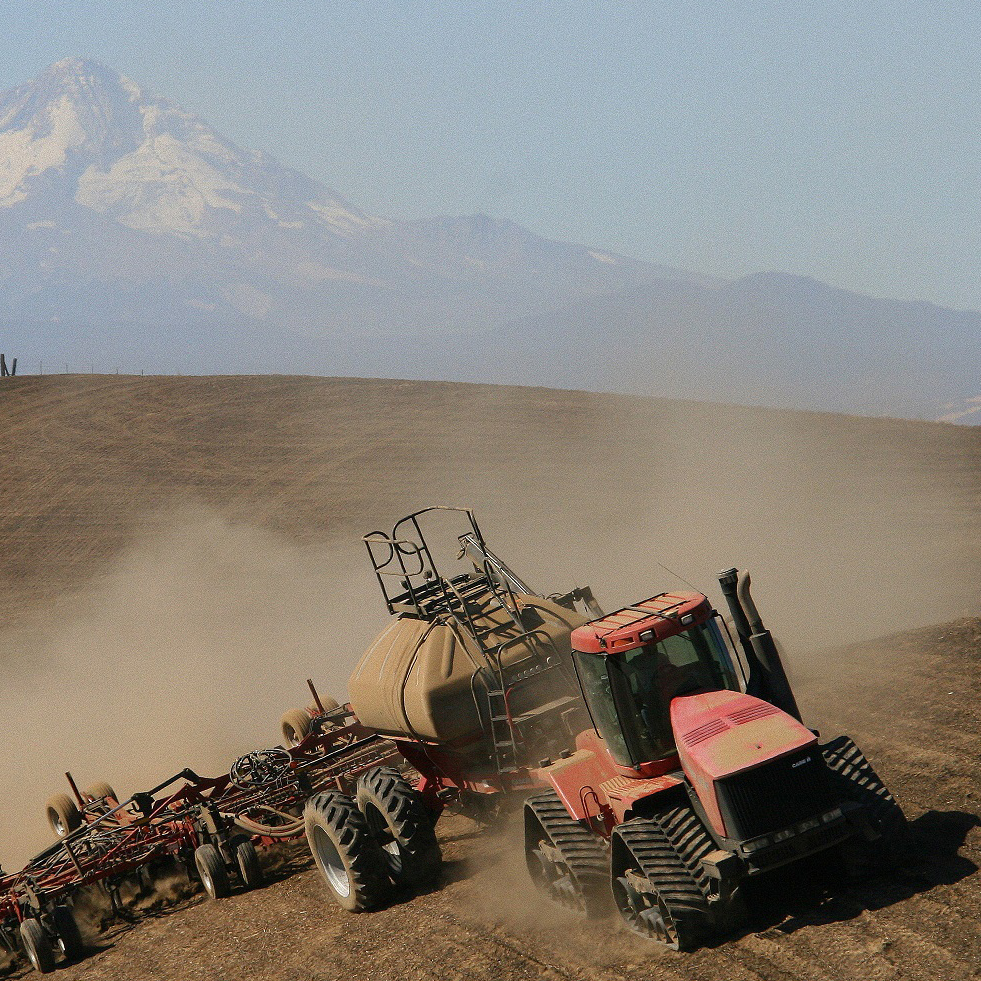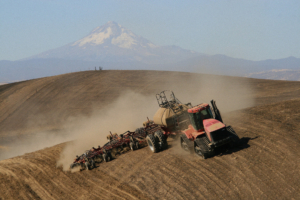As the world celebrated Earth Day, the National Association of Wheat Growers (NAWG) launched a new Special Climate and Sustainability Committee. The committee’s purpose is to review wheat sustainability issues and guide the development of climate policies on behalf of U.S. wheat farmers.
U.S. Wheat Associates (USW) salutes our colleagues at NAWG for making climate and sustainability a formal priority. This will be a great chance to recognize the already strong commitment by U.S. farm families to economic and environmental sustainability – and help ensure farmers have a voice in climate initiatives.
For a Positive Impact

Dave Milligan, NAWG President
“Wheat growers are having a positive impact on the environment and have increased resource-efficient practices in land, water and energy use,” said NAWG President and Cass City, Mich., wheat farmer Dave Milligan.
U.S. wheat farmers work every day to contribute to a sustainable future in agriculture. It is reflected in agronomic practices, research and development, and transportation methods, making the United States a sustainable source of wheat for export. Sustainability is also about innovation — reducing inputs while producing better wheat varieties to increase yield potential and provide consistently high-quality wheat to customers around the world.
USW joined the U.S. Sustainability Alliance in 2015 to better communicate the importance of sustainability to U.S. wheat farmers, including developing a fact sheet on wheat sustainability.
Engagement on Climate
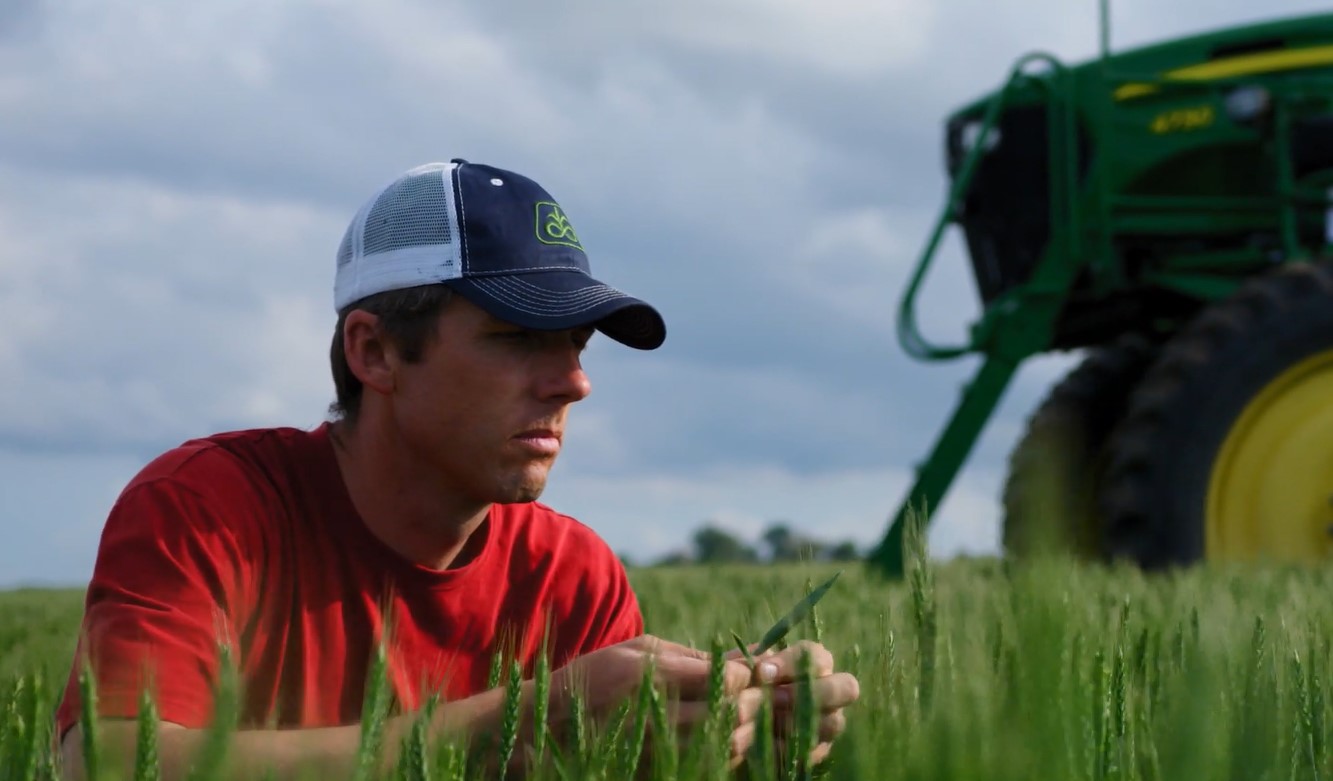
Justin Knopf, Gypsum, Kan.
Milligan said Congress and USDA are currently considering ways to include a wide range of interests in the climate discussion. The Special Climate and Sustainability Committee will provide recommendations on policy options and NAWG’s engagement in climate discussions. Committee members are current and past NAWG board members, including Kansas farmer Justin Knopf and Wyoming farmer Derek Jackson as co-chairs of the committee.
“As we celebrate Earth Day, NAWG is excited to take initiative by engaging in climate policy discussions and focusing on practices that benefit the environment, wheat producers and the general public,” Milligan said.
Read other stories in this series:
Precision Agriculture Improves Environmental Stewardship While Increasing Yields
U.S. Farmers Always Think About Economic and Environmental Sustainability
Technology, Innovative Farming Practices Advance Wheat Farm Sustainability
Minnesota Farmer Spread the News with His Conservation Practices
U.S. Farmers Embrace Conversation Practices
Farmers Look to New Technologies to Foster Precision Agriculture
Cargill CEO Highlights Farmers Role in Pandemic and Promoting Sustainability

